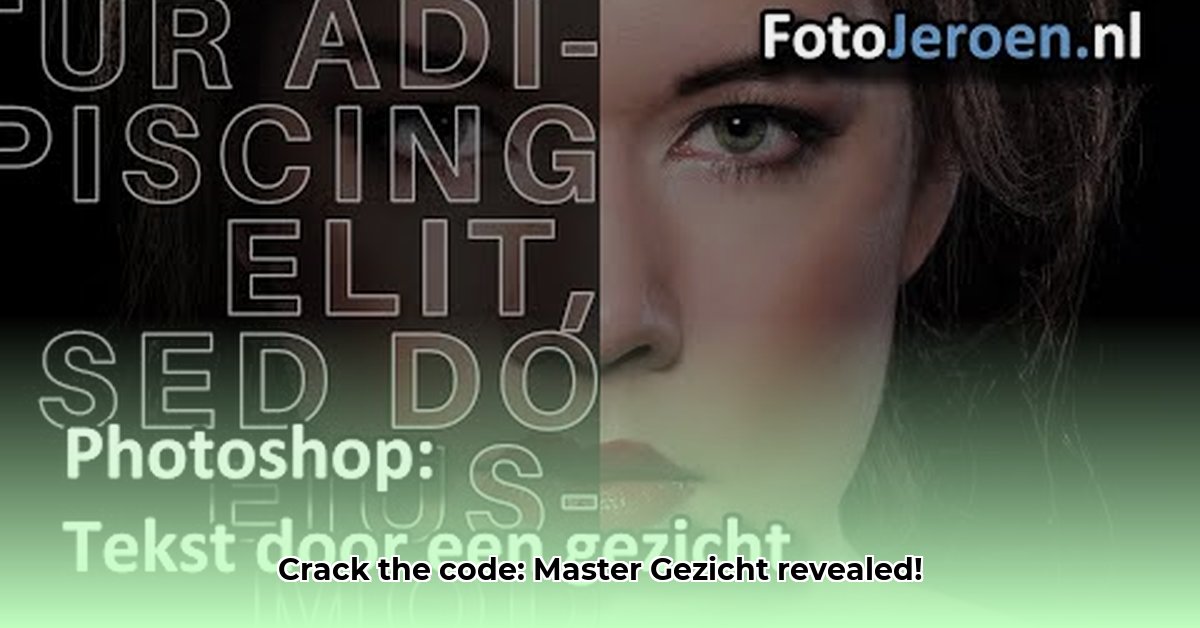
Right, so you're wrestling with a Dutch word puzzle, eh? Specifically, those pesky seven-letter words linked to "gezicht" (face)? Don't stress, tjommie, you're not alone! This guide's got you covered, from basic search strategies to advanced techniques that'll have you cracking those puzzles like a pro.
Gezicht 7 Letters: Why the Discrepancies?
Solving these puzzles isn't always a walk in the park. Different online resources like mijnwoordenboek.nl and puzzelwoord.com often offer varying solutions. Why's that? Well, it's like comparing two koeksisters – same basic ingredients, but different recipes, leading to different results. Each website uses different algorithms and data sets. One might prioritise crossword clues, while another casts a wider net, including terms from other puzzle types. This leads to different solution counts, some offering far fewer words than others.
Think of it this way: A more focused search in mijnwoordenboek.nl might offer a smaller, more precise list, while the broader approach of puzzelwoord.com could deliver a larger, more diverse set of seven-letter answers. Understanding these differences is key to unlocking those hidden solutions.
Understanding Dutch Morphology and Semantics
Knowing just the English translation of "face" won't cut it. You need to get clued up on Dutch word structure (morphology) and meanings (semantics). This'll help you find related words you might not have considered.
For example, understanding the root of "gezicht" allows you to explore related words like "gezichtspunt" (viewpoint) or "gezichtsveld" (field of vision). These words might fit the puzzle's requirements and reveal a solution you'd otherwise miss. Is it starting to click now?
Advanced Search Strategies: Level Up Your Game
Basic searches are a good start, but to uncover those hidden gems, you need to unleash your inner puzzle detective. Wildcards (like the underscore "_" or asterisk "*") are your secret weapons. They allow you to search for words even when you're unsure about a few letters.
Here's how to use them:
- Embrace the Wildcard: Use "_" to represent unknown letters, e.g., "_ezi_ht" can reveal seven-letter words starting with "ezi" and ending in "ht".
- Think Beyond "Gezicht": Synonyms are your friends! Explore words with similar meanings to "face," like "aangezicht" or "gelaat."
- Compare and Conquer: Check multiple websites. No single online dictionary or puzzle solver has all the answers, so cross-referencing is a must.
Practical Tips and Tricks: Become a Puzzle Pro
- Start with the knowns: If you have some letters, begin by using wildcards for those you are unsure of.
- Look for patterns: Are certain letters or letter combinations appearing regularly? This could indicate a pattern within the puzzle.
- Use a physical dictionary: Sometimes, even a good old-fashioned paper dictionary can yield surprising results.
- Don't give up: Some puzzles are just plain tough. Persistence will ultimately pay off!
The Future of Dutch Word Puzzle Databases
The discrepancies between existing online resources highlight a need for better databases. We need more sophisticated search algorithms and a more comprehensive collection of words. This requires collaboration between puzzle enthusiasts and developers, to create more effective tools for everyone.
Key Insights:
- Different online resources yield different results due to varying search algorithms.
- Understanding Dutch word structure and meanings is crucial for finding solutions.
- Advanced search strategies and a systematic exploration of related words are essential tools.
- A collaborative approach to developing improved resources is crucial for the future of Dutch word puzzle solving.